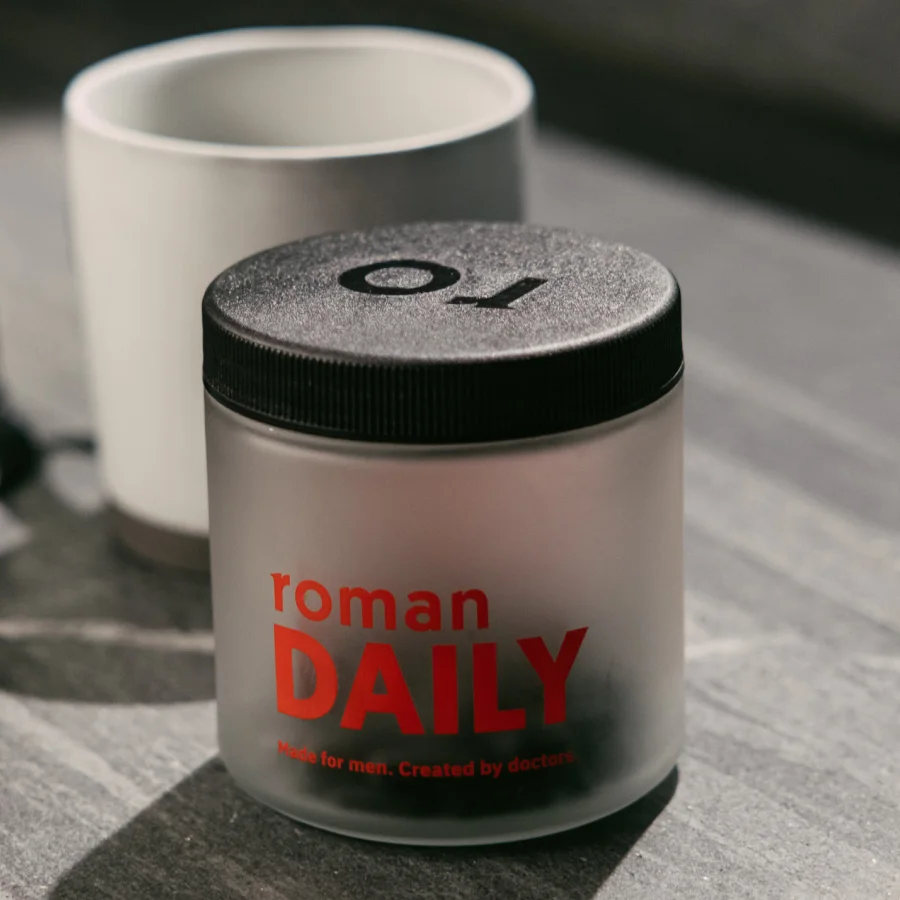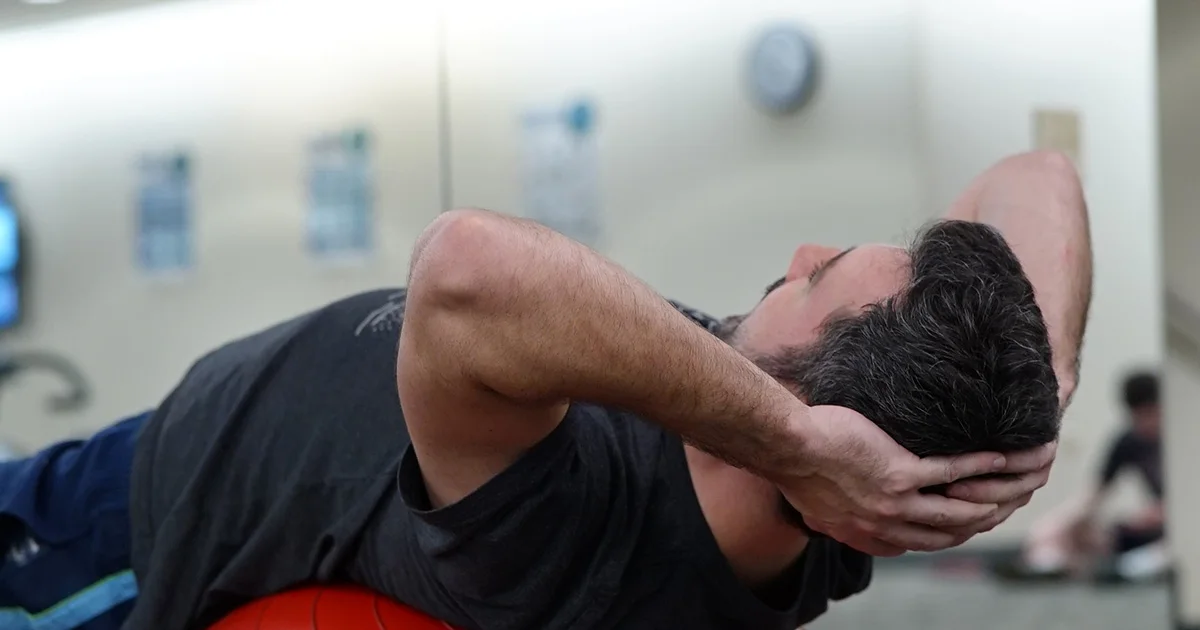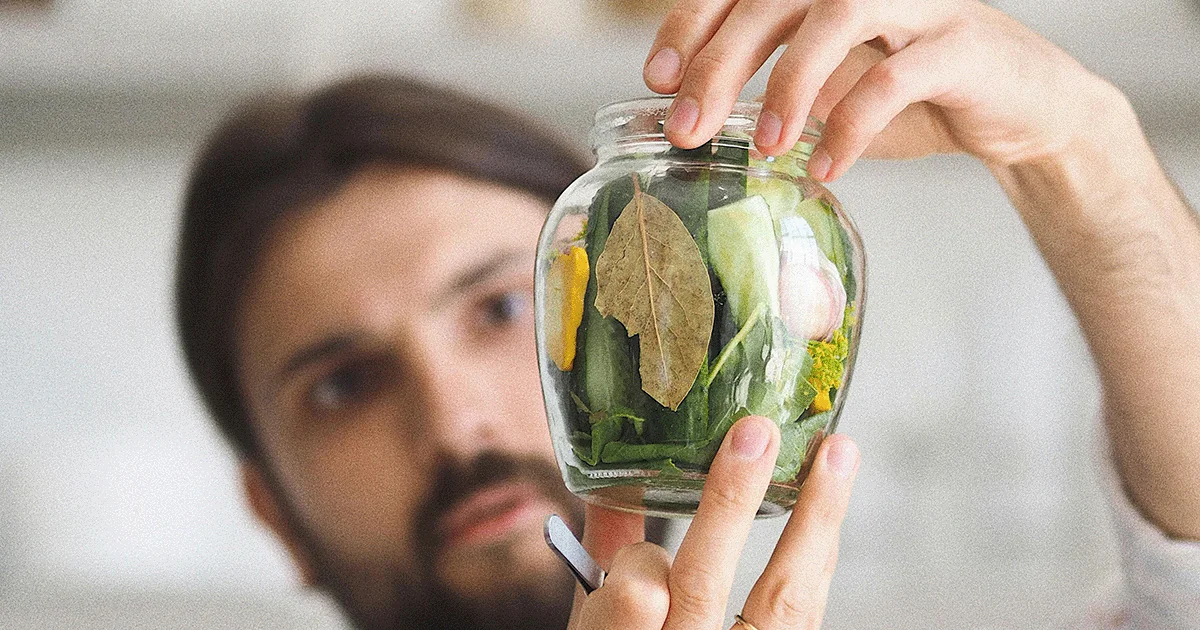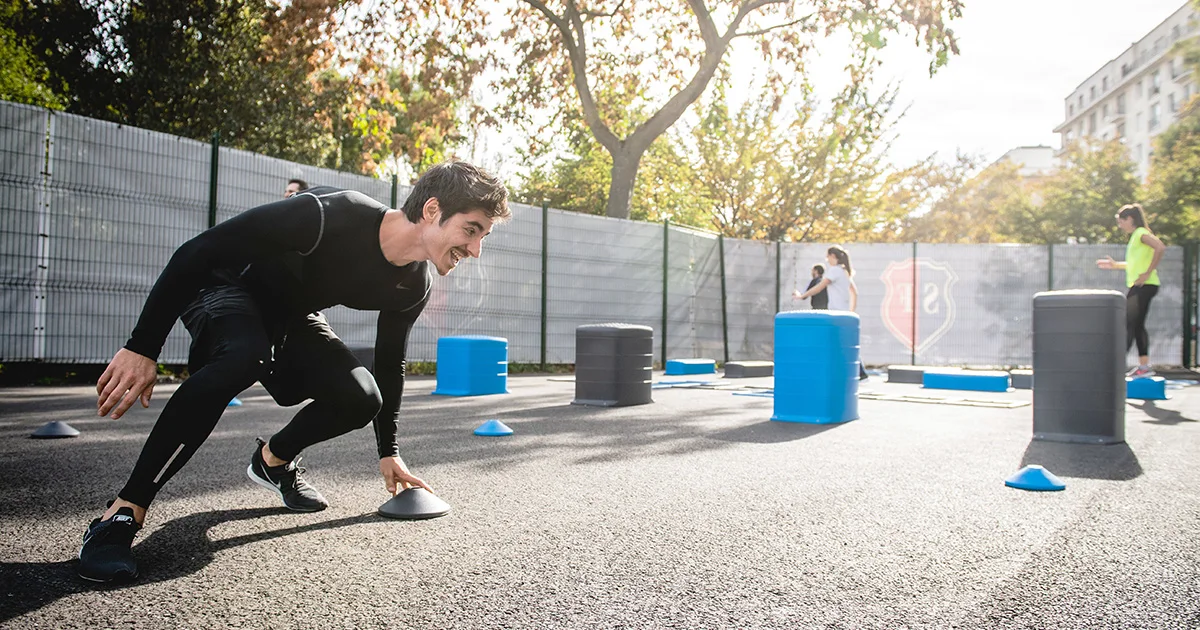Here's what we'll cover
Here's what we'll cover
Vitamin D is an important nutrient for your health. Also called calciferol or the "sunshine vitamin," vitamin D helps your body maintain strong bones, so it’s important to make sure you’re getting enough. You can get vitamin D from various sources, including certain foods and supplements. You can also get vitamin D by spending time in the sun (NIH, 2021).
Despite its importance, about 50% of the world's population does not get enough vitamin D, and about 1 billion people have a vitamin D deficiency, meaning the levels of vitamin D in their bodies are below a certain level (Sizar, 2021).
What is vitamin D?
Vitamin D is a fat-soluble vitamin (NIH, 2021). This means the body processes it in a specific way. Vitamins that are fat-soluble are stored in the body’s tissues and remain in the body for a longer period of time than vitamins that are not fat-soluble (Reddy, 2020).
In foods and dietary supplements, vitamin D exists in two forms: vitamin D3, also called cholecalciferol, and vitamin D2, also called ergocalciferol. Your body gets vitamin D either from the food you eat or from the sun. When you expose your skin to sunlight, your body ultimately creates vitamin D3 (Pilz, 2019).
Once vitamin D is in your body, the liver and kidneys process it. The liver makes it into something called 25-hydroxyvitamin D. The kidneys then convert this into the active form of vitamin D, 1,25 dihydroxy vitamin D. Once it is in this form, the body uses it to help the bones and immune cells of your body (Pilz 2019).
What does vitamin D do?
Vitamin D gets its bone-boosting reputation because it helps your intestines absorb calcium, helping bones mineralize and maintain their structure and strength (Charoenngam 2020; Charoenngam, 2019).
When people don't get enough vitamin D, their calcium levels can get too low, which impacts the formation and breakdown of the bones in the body. They become at risk for bone disorders like rickets and osteomalacia. Rickets is a disorder that happens in children where the bones become soft and weak. Osteomalacia is a similar softening of the bones that occurs in adults (Sizar, 2021; Pilz, 2019).
Vitamin D also helps your body develop muscles. Not having enough of it can cause muscle pain and muscle weakness (NIH, 2021). You might have also heard that it supports your immune system and helps prevent several diseases like cardiovascular disease or cancer. The reality is, all of this requires more research. While there might be a connection between vitamin D deficiency and certain illnesses, there’s just not enough data out there to say that vitamin D has a direct impact on infections, autoimmune diseases, cancer, and heart attacks (NIH, 2021; Bouillon, 2021).
Signs of vitamin D deficiency
For your body to reap all the benefits of vitamin D, it has to have enough of it. Healthcare providers can look at your vitamin D levels through a simple blood test. However, not everyone needs to get tested for vitamin D deficiency. Usually, experts recommend that only people in high-risk groups or people with vitamin D deficiency symptoms get tested (Kennel, 2010).
If a healthcare provider suspects vitamin D deficiency, a blood test will show how deficient in vitamin D, if at all, you are. Suppose your vitamin D level is between 20-50 ng/mL. In that case, you are likely getting enough vitamin D. If your vitamin D level is between 12 ng/mL and 20 ng/mL, you are likely not getting an adequate amount of vitamin D. If your vitamin D level is less than 12 ng/mL, you are likely vitamin D deficient and at risk for osteomalacia (NIH, 2021).

There are several reasons people develop vitamin D deficiency. For example, people with certain digestive disorders like celiac disease or inflammatory bowel disease (IBS) might not absorb vitamin D properly. Other times, people don't take in enough vitamin D in the foods they eat. People with poor liver function and decreased sun exposure can also have low vitamin D levels (Sizar, 2021).
If you have dark skin, it’s important to know that you might not make as much vitamin D through sunlight exposure as people with less melanin in their skin (NIH, 2021). 82.1% of African Americans and 69.2% of Hispanics don’t get enough of the vitamin (Forrest, 2011). However, it is unclear how much of a health risk this is because some people with darker skin tones also have lower rates of bone fractures and osteoporosis than people with lighter skin tones (Brown, 2018).
The majority of people with low vitamin D don’t have symptoms, but for severe and prolonged vitamin D deficiencies, signs include (Sizar, 2021):
Bone and joint pain
Muscle pain and tenderness
Fatigue
Muscle twitching
Weakness
Fractures because of fragile bones
Osteoporosis, which is a disorder where the bones decrease in mass and density.
How to get vitamin D
Your need for vitamin D through food sources or supplements will depend on certain factors like your age and geographical location. For example, if you live further away from the equator, you have fewer opportunities for sun exposure. You may be at a greater risk for vitamin D deficiency because your body makes vitamin D naturally when you expose your skin to sunlight (Pilz, 2019).
Most of the vitamin D in your body comes from exposure to the sun and its ultraviolet light (Pilz, 2019). Wearing sunscreen can block this effect and might contribute to vitamin D deficiency (Charoenngam, 2020). However, this does not mean you should go without sunscreen.
Some foods—like salmon, shiitake mushrooms, cod liver oil, beef liver, and egg yolks—contain vitamin D naturally, and other foods have it added to them, including dairy products, oils, and even orange juice (Charoenngam, 2019). Always check the labels of products if you aren't sure.
Your healthcare provider might also recommend taking an over-the-counter dietary supplement to help with your vitamin D intake. If you are very deficient, they may also prescribe a high-dose vitamin D supplement for you to take for a certain number of weeks or months (Jetty, 2016).
There is also some evidence that suggests that taking vitamin D supplements may help with bone mineral density and help prevent fractures and falls. Populations with low vitamin D levels and those more at risk, like older adults, are most likely to have these benefits (Pilz, 2019).
If you have concerns that you aren't getting enough vitamin D, you can reach out to your healthcare provider, who can evaluate your risk for vitamin D deficiency. They may order blood work to look at your vitamin D levels. If you are deficient, your provider can make recommendations for increasing your vitamin D intake.
DISCLAIMER
If you have any medical questions or concerns, please talk to your healthcare provider. The articles on Health Guide are underpinned by peer-reviewed research and information drawn from medical societies and governmental agencies. However, they are not a substitute for professional medical advice, diagnosis, or treatment.
Brown, L. L, Cohen, B., Tabor, D., Zappalà, G., Maruvada, P., & Coates, P. M. (2018). The vitamin D paradox in Black Americans: a systems-based approach to investigating clinical practice, research, and public health - expert panel meeting report. BMC Proceedings, 12 (6). doi: 10.1186/s12919-018-0102-4. Retrieved from https://bmcproc.biomedcentral.com/articles/10.1186/s12919-018-0102-4
Bouillon, R. (2021). Vitamin D and extraskeletal health. In C. J. Rosen & J. E. Mulder (Eds.). Retrieved October 14, 2021 from https://www.uptodate.com/contents/vitamin-d-and-extraskeletal-health
Charoenngam, N., & Holick, M. F. (2020). Immunologic Effects of Vitamin D on Human Health and Disease. Nutrients, 12 (7), 2097. doi: 10.3390/nu12072097. Retrieved from https://www.ncbi.nlm.nih.gov/pmc/articles/PMC7400911/
Charoenngam, N., Shirvani, A., & Holick, M. F. (2019). Vitamin D for skeletal and non-skeletal health: What we should know. Journal of Clinical Orthopaedics and Trauma, 10 (6), 1082–1093. doi: 10.1016/j.jcot.2019.07.004. Retrieved from https://www.ncbi.nlm.nih.gov/pmc/articles/PMC6834997/
Forrest, K. Y., & Stuhldreher, W. L. (2011). Prevalence and correlates of vitamin D deficiency in US adults. Nutrition Research, 31 (1), 48–54. doi: 10.1016/j.nutres.2010.12.001. Retrieved from https://www.ncbi.nlm.nih.gov/pubmed/21310306
Jetty, V., Glueck, C., Wang, P., Shah, P., Prince, M., Lee, K., et al. (2016). Safety of 50,000-100,000 units of vitamin D3/week in vitamin D-deficient, hypercholesterolemic patients with reversible statin intolerance. North American Journal of Medical Sciences, 8 (3), 156-162. doi: 10.4103/1947-2714.179133. Retrieved from https://www.ncbi.nlm.nih.gov/pmc/articles/PMC4821095/
Kennel, K., Drake, M., & Hurley, D. (2010). Vitamin D Deficiency in Adults: When to Test and How to Treat. Mayo Clinic Proceedings, 85 (8), 752-758. doi: 10.4065/mcp.2010.0138. Retrieved from https://pubmed.ncbi.nlm.nih.gov/20675513/
NIH. (2021). Office of dietary supplements - vitamin D healthcare professionals. Retrieved October 14, 2021 from https://ods.od.nih.gov/factsheets/VitaminD-HealthProfessional/
Pilz, S., Zittermann, A., Trummer, C., Theiler-Schwetz, V., Lerchbaum, E., Keppel, M. H., et al. (2019). Vitamin D testing and treatment: a narrative review of current evidence. Endocrine Connections, 8 (2), R27–R43. doi: 10.1530/EC-18-0432. Retrieved from https://www.ncbi.nlm.nih.gov/pmc/articles/PMC6365669/
Reddy, P., & Jialal, I. (2020). Biochemistry, fat soluble vitamins. [Updated Sep 9, 2020]. In: StatPearls [Internet]. Retrieved from https://www.ncbi.nlm.nih.gov/books/NBK534869/
Sizar, O. (2021). Vitamin D deficiency. [Updated Jul 21, 2021]. In: StatPearls [Internet]. Retrieved from https://www.ncbi.nlm.nih.gov/books/NBK532266/










